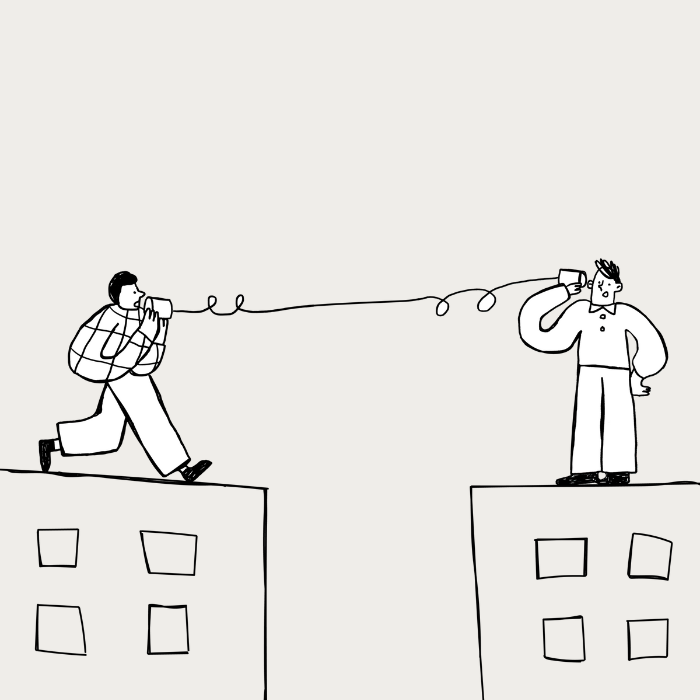
One of the most common first words a child utters is ‘ta’. Why is it then that simple good manners seem to all but evaporate in the following years? As adults, we know the true value of good manners, but are standards slipping when it comes to the manners of the modern child?
slipping standards or unrealistic expectations?
A recent study of 1000 Australian parents found that three out of every four parents considered children these days to demonstrate fewer manners than in generations past. The study, comissioned by Disney, also found that parents wanted a helping hand from kindergartens and schools in teaching their child good manners.
Perhaps it’s because children these days, especially those who are school-aged, just seem so busy. Homework, sports, music and the constant bombardment of information and entertainment from television, the internet, ipods and mobile phones … is it possible that their brains are so clogged they just don’t have room for manners anymore?
Perhaps – but that’s not really a good enough excuse. The time taken to say ‘please’ and ‘thanks’ literally takes just a second. Manners are just as important in our children’s generation as they were in generations past. It’s true that in some cases expectations have slipped a little, but does that mean that children today are just plain rude, or that we need to put a bit more effort into teaching them to be polite?
good old-fashioned manners
Nothing has really changed when it comes to good old-fashioned manners. It’s important to explain to your child why we have manners. For the younger child it’s sufficient to simply say it’s ‘to be nice’. For older children, have a more involved discussion about respect and consideration for others.
common courtesies
Please and thank you are great words to start with, and as time goes on, introduce words such as sorry, pardon, excuse me and you’re welcome, as appropriate. Of course, if you’re using these phrases yourself, your child will be well aware of them, even in the pre-verbal stages. Explain that the tone of an apology also counts towards its sincerity – uttering a gruff sounding ‘sorry’ does not convey a real feeling of remorse.
Also remind your child that manners are not reserved just for special occasions; they’re for everyday use.
table manners
It may be true that our table manners have slipped due to the fact we are often found having our dinner in front of the television. However, the standard table manners are still important – use a knife and fork correctly, don’t talk with your mouth full, don’t slurp drinks, ask nicely for something to be passed over to you, and keep your mouth closed while chewing. Waiting for everyone to be seated before starting eating and checking whether anyone wants the last piece before helping yourself (or offering to share it) are also good manners to teach. When finished, it’s always nice to hear ‘may I please leave the table’ rather than a child just disappearing from their seat.
Whilst it would be great if everyone could sit down together for the evening meal, the reality is that in some families this is a rare occurrence. Dinner is not the only time for a sit-down meal; consider a weekend morning for a cooked breakfast or perhaps a late lunch after the day’s sport commitments
are finished.
r-e-s-p-e-c-t
Some of the more old-fashioned respect-based etiquettes are often forgotten these days. Teaching your child how to introduce themselves and others (including shaking hands with older people, and making good eye contact), standing up for elderly people on the bus, helping grandparents carry things, opening doors for people, and using the ‘guests first’ rule when treats are put on the table, for example, are still valuable skills to impart to your children.
Remember to take into consideration your child’s personality when it comes to manners. For a quiet or shy child, speaking to others can be nerve-wracking, so explain why they need to say their manners in a clear and confident voice.
modern children need modern manners
The world our children are growing up in is very different to the one we knew as youngsters. Changes in family dynamics and technology make the generational gap seem so much broader. Modern day conveniences such as the internet, mobile phones and social networking websites have altered our standards of what is acceptable, especially when it comes to means of communication.
Mobile phones seem to infiltrate every aspect of our lives. When you decide your child is ready for a mobile phone, have a set of guidelines ready for them to follow. Explain that there is a time for its use and a time for face-to-face communication.
Emails ideally need to be written with complete words – no text shortcuts – and no writing in caps. The content needs to be appropriate with no hurtful comments, bad language or inconsiderate remarks.
Practice what to do if a gift is received that is disappointing or unwanted. Wrap up ordinary items such as a toothbrush or old socks, and get your child to role play how they would respond.
Writing thank you notes is a creative way to show appreciation for gifts or an enjoyable outing. For younger children, let them illustrate the note while you write out their message.
Books are a great learning resource when it comes to manners. Either search the online stores for appropriate titles, or check out your local public library.
mastering manners
Before you pack your child off to etiquette lessons (and yes, such a thing does exist for children) use these simple methods to nurture good manners. Also remember, children do a lot of their learning by watching those around them, so make sure you are setting a good example!
Most children go through a phase of refusing to use their manners, or constantly having to be reminded. If this is the case, focus on a particular aspect of etiquette (for example, saying ‘please’) for a short time, and employ suitable praise and encouragement. Continue until your child has a complete repertoire of manners at their disposal, and can use them without the need of prompts or praise.
ages and stages
under-5s
- Basic words such as please, thank you and sorry are learnt.
- Moving towards eating properly with a knife and fork.
- Sharing becomes an important way of teaching manners.
5- to 8-years
- Able to use manners confidently in a range of social settings.
- Able to write thank you notes and thank people personally.
- Need to know the importance of integrating manners with technology when using mobile phones, computers and the internet.
9- to 12-years
- Able to acknowledge compliments appropriately by saying ‘thank you’.
- The conequences of being rude or inconsiderate are understood.
- Are aware that different situations sometimes require different sets of manners.
Catherine is a freelance writer and editor, and mother of two young boys.








